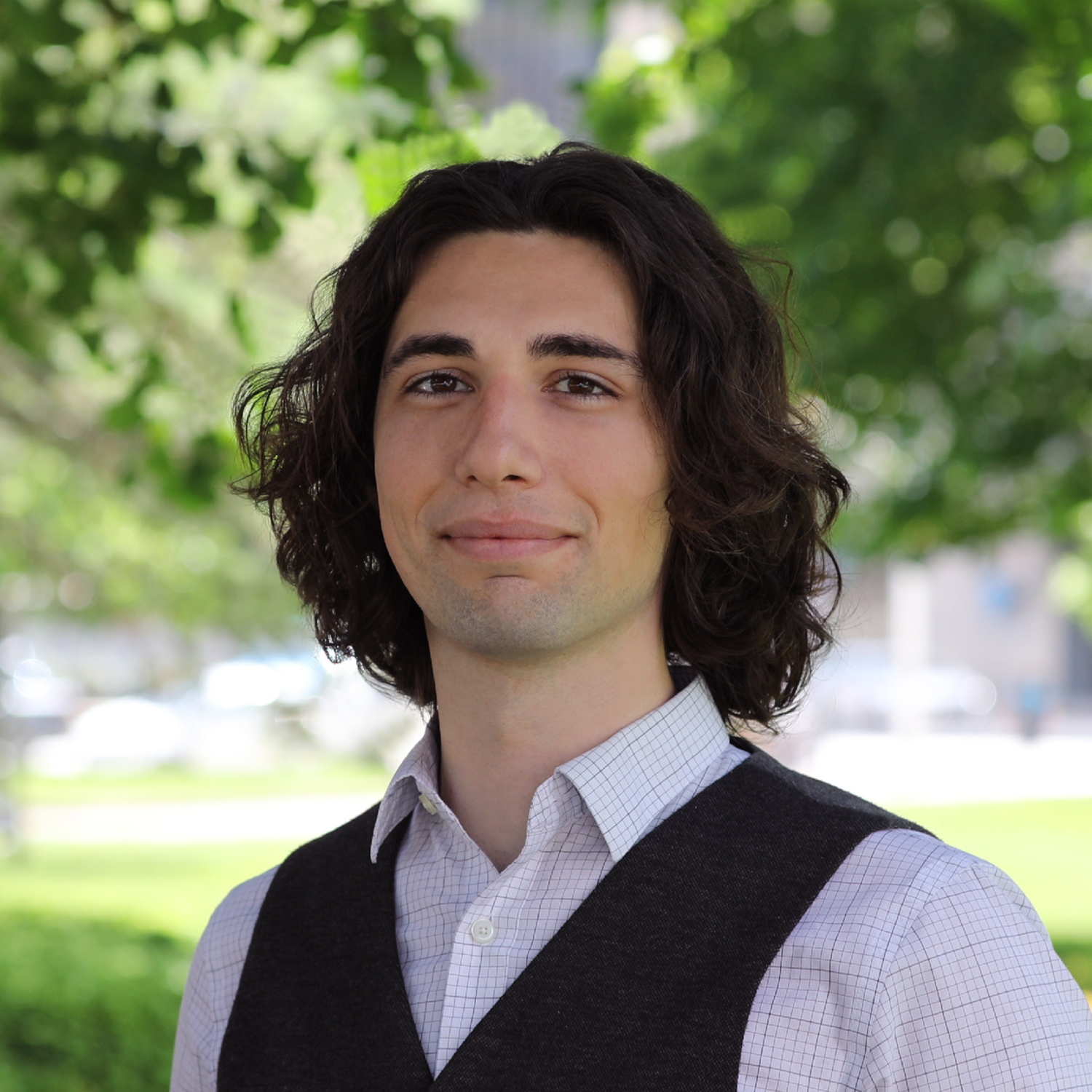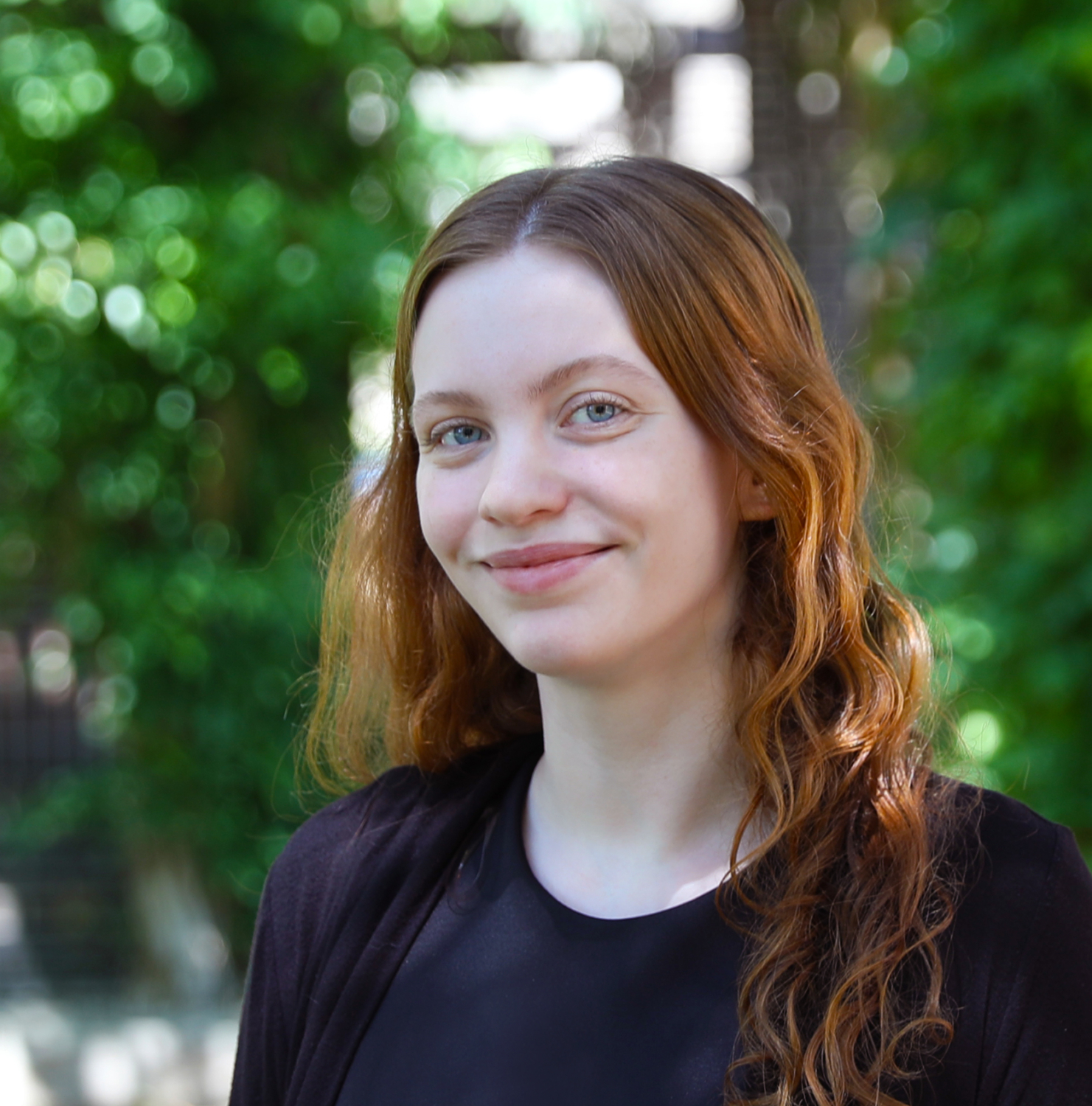What States Tell Us About Who Is Using School Choice
In a recent blog post, we detailed some of the challenges that currently come with studying the types of students who participate in school choice programs. While publicly reported demographic data about school choice students are limited, we’ve assembled some of the information that is publicly available in this blog. Programs included in the table below are universal or near-universal ESA and voucher programs (with more than 90% of its states’ K–12 population eligible to participate) that have been operating for at least one year.
(Please note that the most recent demographic data we have for Florida’s Tax Credit Scholarship Program is a year out of date. The Florida Department of Education has not published its quarterly reports for this program since June 2023.)
Race/Ethnicity
Currently, only three of the 11 currently operating universal or near-universal programs report on race/ethnicity. Racial distribution varied among those three programs. In Florida’s Tax Credit ESA program, participants were most likely to be Hispanic (39%) or Black (28%). The third most-common group was white students (27%). The remaining students were Asian, Native American, Multiracial, or they did not report their race. The Florida Department of Education did not disaggregate the latter groups.
The other two programs reporting race/ethnicity had significantly higher shares of white students. For example, in the Indiana Choice Scholarship Program 2023–24 annual report, 64% of the program’s participants were white. The second-most represented group were Hispanic students (17%), followed by Black (9%), multiracial (5%), and Asian (4%). Relative to Indiana’s statewide percentages, Hispanic and Asian students are overrepresented in the voucher program (they make up 13% and 3% of Indiana’s K–12 student body, respectively) and white and Black students are slightly underrepresented (66% and 13%, respectively). In West Virginia, more than nine out of 10 (91%) ESA students were white. For comparison, 88% of all K–12 students in West Virginia were white.
Disability Status
Disability status also varies among the three programs reporting this data: Arkansas, Arizona, and Indiana. These programs have different histories with special education students. As recently as 2021–22, Arizona’s Empowerment Scholarships were mainly targeted to students with disabilities, so seeing a disproportionately high share of them (60% for 2022, compared to the state average of about 12%) in the program is not a surprise. According to the most recent report, about 18% of Arizona ESA recipients were students with disabilities. As the program has grown, the number of participating students with disabilities has grown 85% from Q3 2022 to Q3 2024.
Arkansas is phasing in its ESA program and just completed its first year. Last year, the program was limited to incoming kindergarten students, students assigned to low-performing public schools, children of active military families, children who are homeless or in foster care, students who were already participating in the Succeed Scholarship program (now closed), or students with disabilities. Students with disabilities constituted a sizeable portion of the ESA participants in the Arkansas program’s debut year (44%). In comparison, 16% of Arkansas public school students have disabilities.
Approximately nine percent of Indiana’s voucher students are identified as special education students, about half of the state average.
Prior Year Enrollment Status
For many people evaluating school choice programs, the prior year enrollment status of participants is relevant for fiscal considerations. Students who switch out of a public school and into a private school choice program leads to cost savings for the state, while students previously attending private schools through private funding who enroll in a program increase costs for the state. First-time K–12 students (often incoming kindergartners) add costs regardless of whether they enroll in a public school or a private school choice program. The ratio of switchers to non-switchers are important for analyzing whether a program leads to net savings or costs.
Two states report participating students’ previous enrollment status, though in slightly different ways. The Indiana Department of Education indicates the share of students with a record of participating in a public school (33% last year). While the Arkansas Department of Education reported the prior year enrollment status of all participating students in the program’s first year. Just under one-third (31%) were first-time kindergartners and had no enrollment status. Almost all (92%) of students in the Succeed Scholarship program shifted over to the ESA program in 2023–24, constituting 13% of all ESA participants. Altogether, 95% of participants were either first time kindergartners or enrolled in private schools in the prior school year.
Understanding the overall fiscal impact of a school choice program requires much more than just prior year enrollment data. Marty Lueken, Director of the Fiscal Research & Education Center at EdChoice, dove into this problem in depth in a March 2024 report.
Rare but Important Data
Indiana provides a remarkably detailed annual report. In addition to the topics covered above, it is the only state that reports the distribution of participants by gender, income bracket, urbanicity, and other topics. Income and community type data help answer common questions we receive about who uses school choice programs.
Indiana reports income status in $50,000 brackets. More than a quarter (27%) of participating families earn less than $50,000 per year. Note that $50,000 is below the income limit for free and reduced price lunch for a family of four ($55,500 in 2023–24). Just under half (47%) of Choice Scholarship Program households earn under $100,000 per year, and just over two-thirds (69%) earn less than $150,000. Five percent earn more than $200,000 per year.
The Indiana Department of Education identifies most (51%) voucher families to live in urban areas. Another third (32%) live in suburban areas. Seventeen percent live in small towns or rural areas. Male and female students participate in the program at nearly equal rates.
Conclusion
One clear takeaway from this data is that choice students come from diverse backgrounds, and there is variation in the composition of program enrollments from state to state. A wide range of families are using these private school choice programs, likely in response to variety of situations. Choice students do not fit neatly into simplistic narratives.
As we receive more data from states in the coming months, we’ll be periodically reporting what else we learn about choice students’ demographic backgrounds and contexts.
For more information on why it can be difficult to identify who is using choice programs, read our introduction to this series here.






